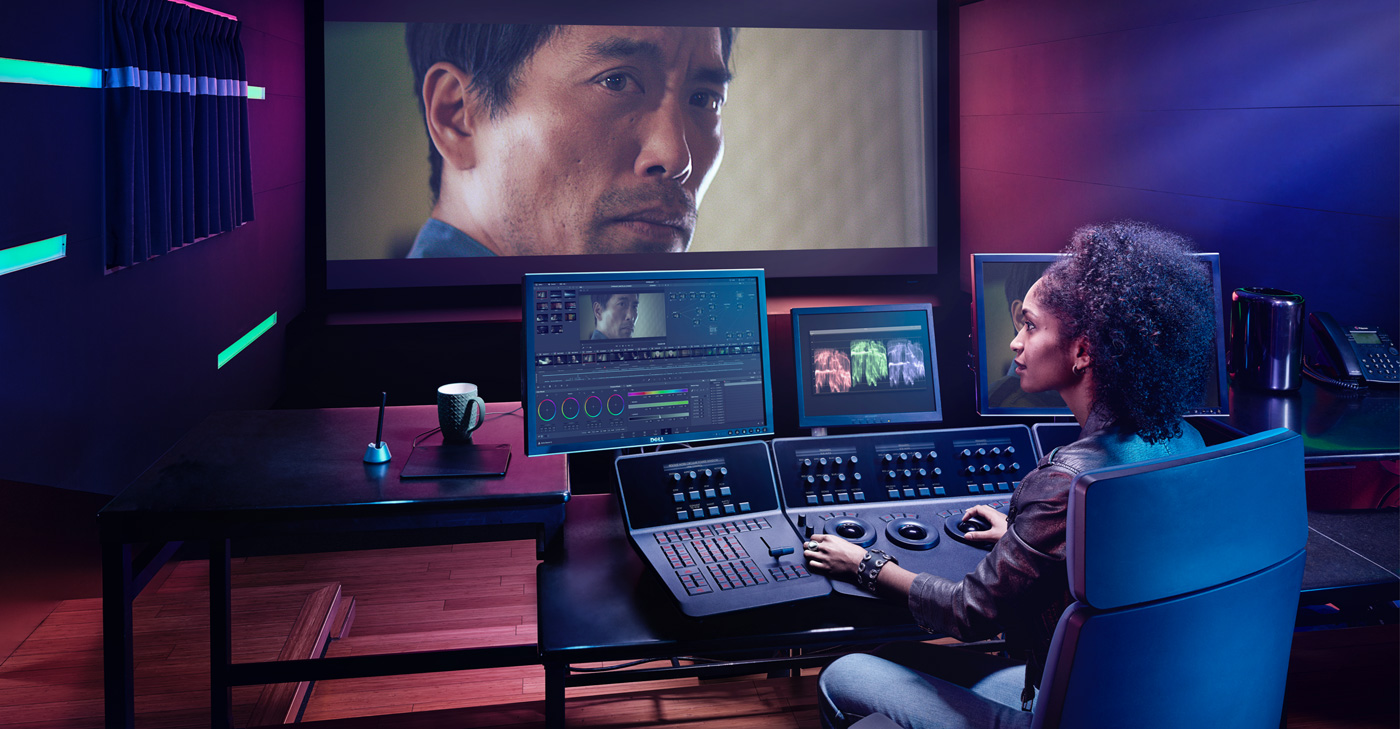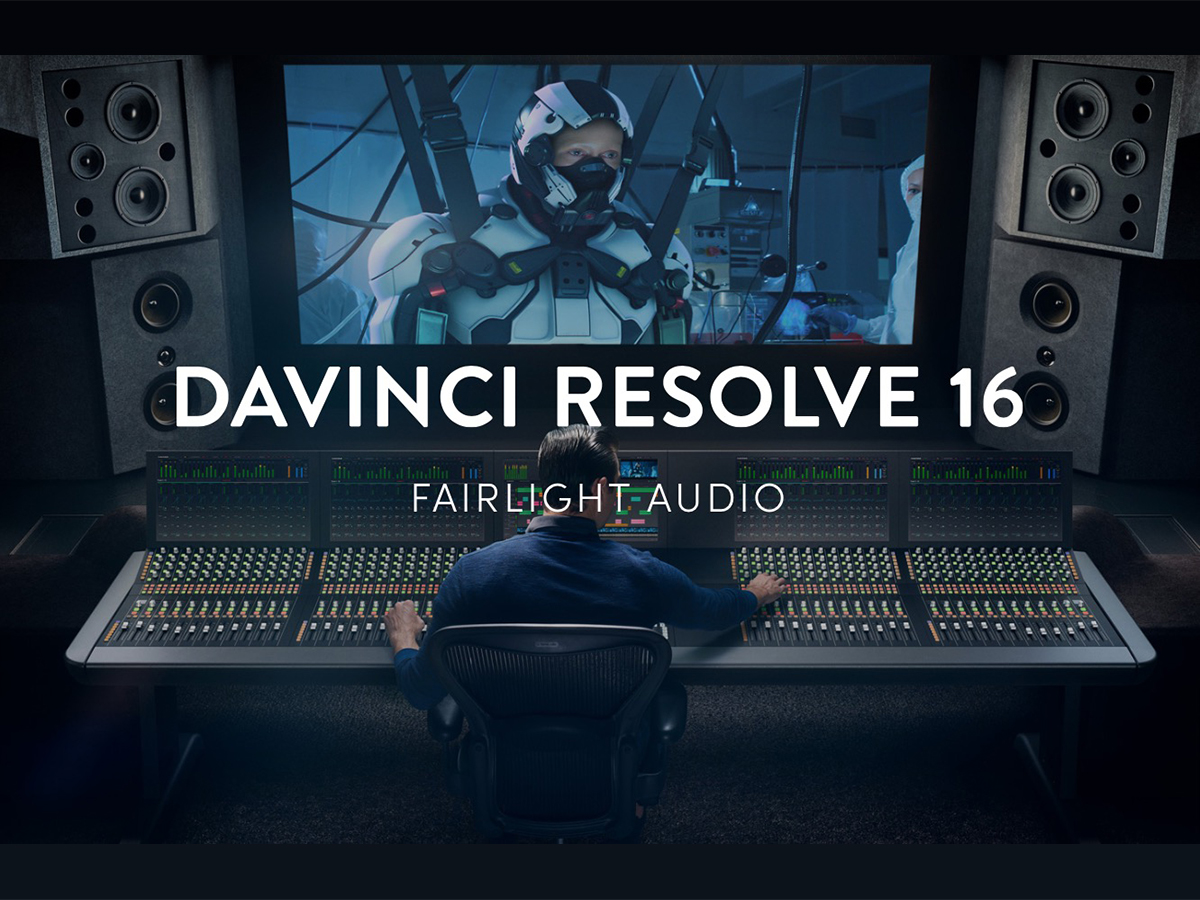
Plus, the regular edit page is still available so you can switch between them if needed.ĭaVinci Resolve 16 has full Fusion visual effects and motion graphics built-in. The cut page lets you import, trim, edit, add titles, transitions, automatically match color, mix audio, and more. Fairlight audio gets a massive upgrade with new ADR tools, audio normalization, 3D panners, audio and video scrollers, a sound library database, and built-in cross-platform plug-ins such as reverb, hum removal, and de-esser.ĭaVinci Resolve 16 Cut Page is an alternate edit page with a simple interface and ready to use tools that will help you work faster. With new Apple Metal and CUDA GPU processing, the Fusion page is faster than ever. The high-performance playback engine makes editing and trimming incredibly fast, even for formats such as H.264 and RAW. It’s perfect for both offline and online editing. Linux NVIDIA Drivers can be found on their website.DaVinci Resolve 16 includes everything professional editors need to cut blockbuster films, television shows, and commercials. You’ll find that Linux provides a similar power experience with Resolve in both 1080p or 4K and above to Windows. If you need to use consumer-grade video from say, an iPhone or Android device, or even gameplay footage, you’ll need to transcode it into an easier to manage format (DNxHD, etc., H.264 is for an end result, not editing).

The main issue with Linux at the moment is that if you’re running AMD GPUs, you’ll need to download AMD’s own drivers and not the unsupported open-source ones you’d naturally gravitate to on Linux.ĪAC Audio doesn’t work either and H.265/H.264 footage is only available in the Studio version of Resolve. To install Resolve on CentOS past the requirements, you’ll want to follow Seth Goldin’s blog. This is mostly a hold over from Blackmagic not intending Resolve to be consumer-focused back before they switched gears.

Update: CentOS is the chosen platform for post-production, as indicated to us by a Reddit user. While it does seem to work on other distros like Debian and Mint, it seems that Blackmagic have only ever really done proper tests on CentOS. As mentioned above, DaVinci Resolve on Linux is a little bit of a weird one.


 0 kommentar(er)
0 kommentar(er)
